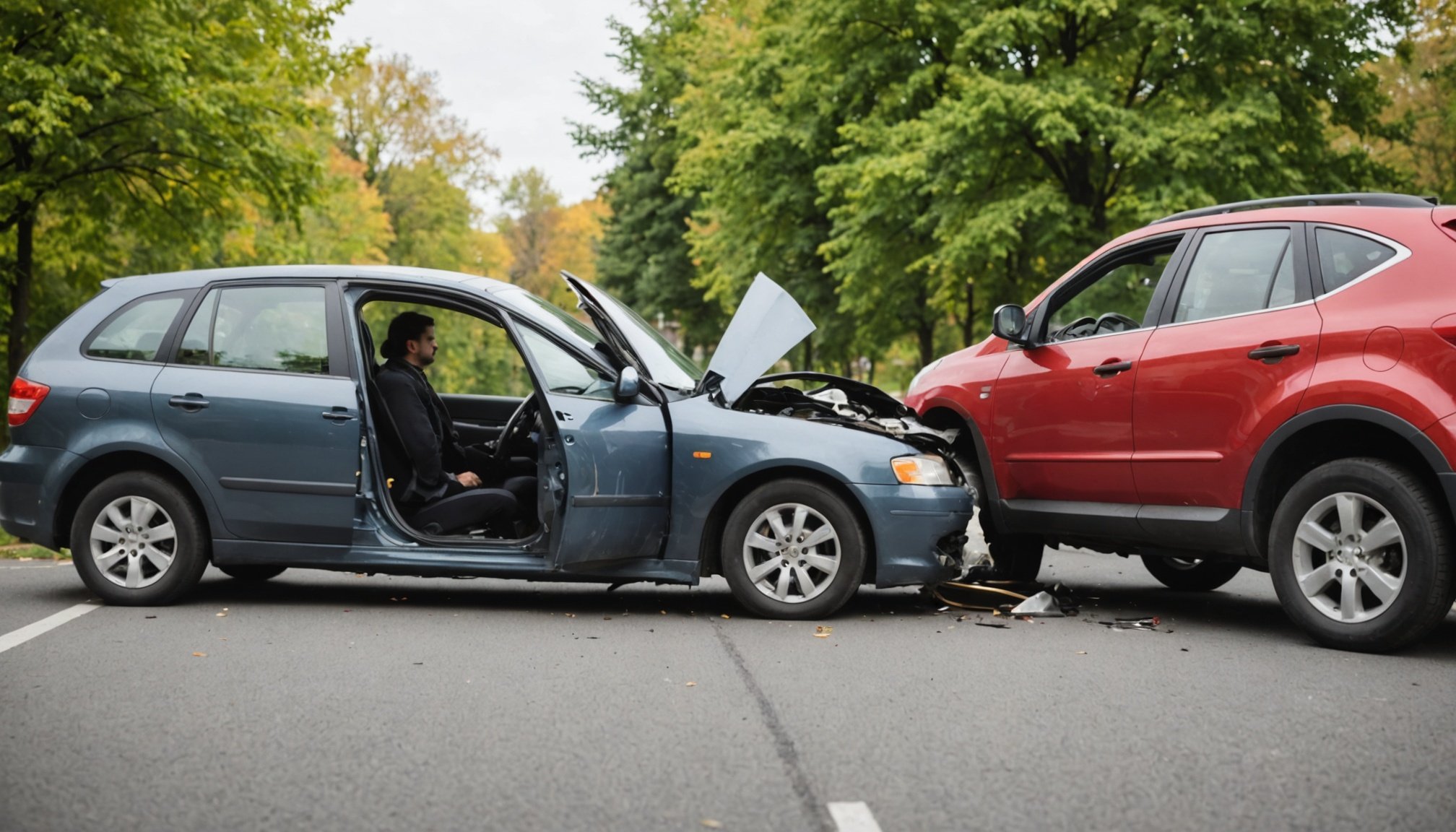Accidents are unforeseen events that can leave you feeling confused and overwhelmed. With vehicles becoming an intrinsic part of daily life, the possibility of encountering a car accident is an unfortunate reality many drivers face. While it’s natural to feel shocked and disoriented at the scene of an accident, understanding the appropriate steps to take can ensure your safety and streamline the process of filing a claim with your insurance company. This article delves into the crucial actions you should undertake if you find yourself involved in a vehicle accident.
Assessing the Immediate Aftermath
The immediate moments following a car accident are often critical. Your initial actions can significantly impact the outcome of the incident and the safety of everyone involved.
Also read : Boost Your Vehicle”s Safety: The Crucial Role of Differential Gear Oil Maintenance
Upon collision, your primary concern should be your own safety and that of your passengers. Before you assess the damage or exchange information with others, ensure everyone in your vehicle is unharmed. If anyone is injured, medical attention should be your top priority. Even if injuries seem minor, they may require professional evaluation, as some conditions manifest later.
As you gather your composure, prioritize the safety of the scene. If it’s safe to do so, move your vehicle to the side of the road to avoid obstructing traffic and reduce the risk of further accidents. Remember to turn on your hazard lights to alert other drivers.
Also to discover : Boosting Convertible Safety: How a Roll Bar Can Make a Difference
Once you have secured the situation, call the police. A police report can be an invaluable document when dealing with your insurance company. It provides an unbiased account of the accident and is often essential for filing an insurance claim. Be ready to provide an accurate account of the incident, as this report will be a critical piece of evidence in determining fault.
Gathering Essential Information
Information is a powerful tool in post-accident procedures. The details you collect can aid in claim processing and protect you legally.
Once the scene is stabilized, exchange information with the other driver involved. Obtain their name, contact details, insurance company, and policy number. Additionally, gather details about their vehicle, including make, model, and license plate number. These details are crucial when you report the incident to your insurance company.
Aside from personal information, documenting the scene is equally important. Take clear photographs of damage to all vehicles, any skid marks, injuries, and any other pertinent details that capture the scope of the incident. Photographic evidence can be indispensable when proving fault or contesting any disputes that arise.
If there are witnesses, gather their contact information as well. Independent accounts can provide additional clarity and support your version of events. Witness testimonies can be particularly valuable if the accident details are contested.
As you speak with others at the scene, remain calm and professional. Avoid admitting fault or making speculative comments about the accident. Let the gathered information speak for itself.
Navigating the Insurance Process
Understanding how to engage with your insurance company following an accident is pivotal in protecting your rights and finances.
Once you have left the scene, promptly notify your insurance company. Most insurers have a specific timeframe within which you must report accidents. Providing them with all the documented information from the scene can expedite the claims process and reduce potential complications.
When speaking with your insurance representative, provide a factual account of the accident without admitting fault. The insurance adjuster will review all the information, including the police report, witness statements, and photographs, to assess the damage and establish liability.
Be aware of the type of coverage your insurance policy provides. Depending on your plan, you may be eligible for medical coverage, vehicle repairs, or rental car reimbursement. Clarifying these aspects early can prevent misunderstandings and ensure you receive the benefits you’re entitled to.
If any disputes arise, whether regarding fault, damage assessment, or compensation, consult a legal professional who specializes in insurance or personal injuries. Their expertise can be invaluable in navigating complex claims procedures.
Ensuring Long-term Safety and Prevention
While the aftermath of a car accident requires immediate action, it also presents an opportunity to reflect on ensuring future safety.
Consider enrolling in a defensive driving course. These programs offer valuable insights into behaviors and practices that enhance safety on the road. By honing your skills, you reduce the likelihood of encountering similar incidents.
Regular vehicle maintenance is another crucial factor in preventing future accidents. Routine checks on brakes, tires, and other essential components can identify potential hazards before they escalate into serious issues. Investing in safety-enhancing technologies, such as backup cameras or blind-spot monitors, can also contribute to a safer driving experience.
In addition to technological measures, cultivate a mindset of safety awareness. Stay informed about changes in traffic laws and prioritize safe driving habits, such as maintaining a safe following distance and adhering to speed limits.
Lastly, ensure your insurance policy is comprehensive and up to date. Insurance policies evolve, and periodic reviews can ensure your coverage aligns with your current needs, providing peace of mind and financial protection.
Being involved in a car accident can be jarring, but knowing the appropriate steps to take can safeguard your safety and aid in swift resolution. From assessing the scene and gathering information to navigating the insurance process, each action you undertake is crucial. Embrace these opportunities to enhance your driving habits and fortify your safety measures, ensuring a safer experience for both yourself and your fellow drivers. By staying informed and proactive, you can navigate the unforeseen challenges of the road with confidence and composure.











